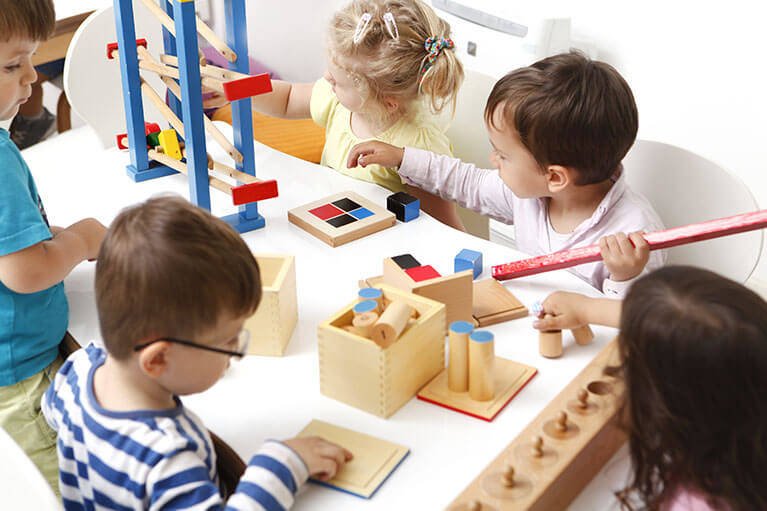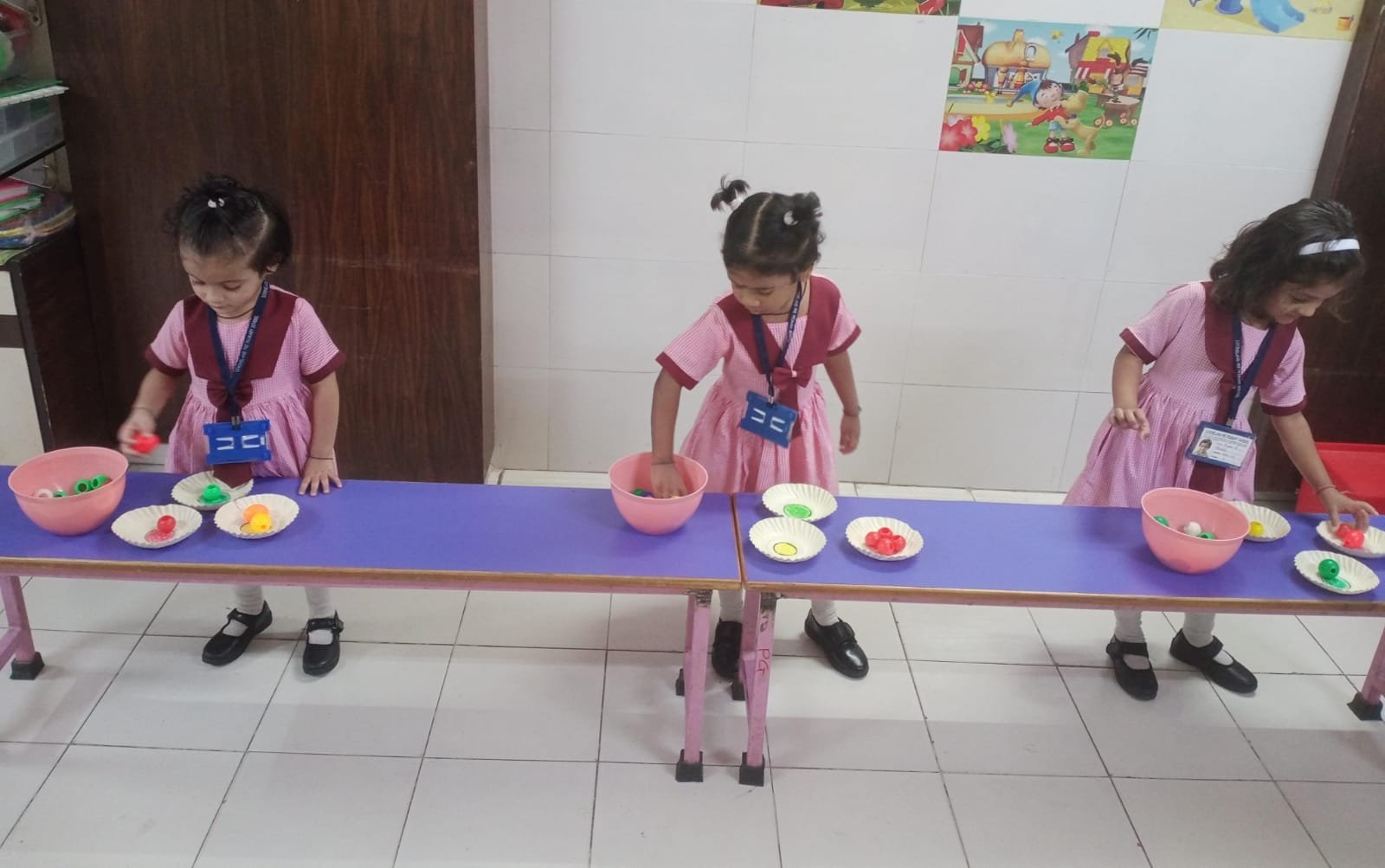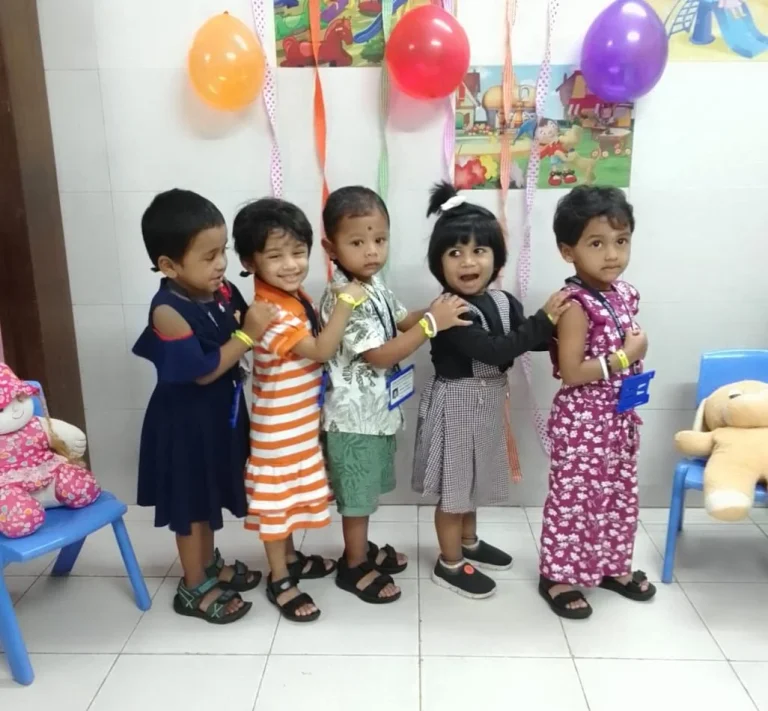
Science Experiments for Kindergarten create learning a enjoyable and enchanting experience for small minds. Simple hands-on experiments enable children to make sense of the world around them and enhance curiosity and problem-solving skills. From combining colours to make a baking soda volcano, Science Experiments for Kindergarten turn everyday materials into extraordinary findings.
All these activities call on children to ask questions, note changes, and appreciate science in a simple yet fun way. With quick setup and wondrous outcomes, Science Experiments for Kindergarten are an optimal method of allowing children to feel the excitement in learning through inquiry.
Significance of Science Experiments among Kindergarteners
The Significance of Science Experiments for Preschoolers cannot be overemphasized since they present valuable Learning Experiences that form a child’s worldview.
The Experiments are Beneficial in Several Ways:
Encourages Curiosity and Discovery
Preschoolers have the tendency to inquire naturally. Science experiments enhance their curiosity by providing them with opportunities to explore and find out for themselves through observation and activity.
Develops Problem-Solving Abilities
Experimentation instructs children to make predictions, test hypotheses, and evaluate outcomes, teaching them critical thinking and problem-solving skills.
Strengthens Fine Motor Skills and Hand-Eye Coordination
Several science experiments incorporate pouring, mixing, and working with small items, enhancing fine motor skills and coordination.
Instructs Basic Scientific Principles
Basic experiments familiarize children with basic science concepts like cause and effect, buoyancy, chemical reactions, and the water cycle in an exciting manner.
Boosts Confidence and Creativity
Successful completion of experiments instills confidence in children, making them question and think creatively about solutions.
The Importance of Science Experiments for Kindergarteners also helps children learn patience and persistence as they understand that experiments need to be observed carefully and repeated several times to get results.
Wants to Enroll Your Child in Our School? Call or Whatsapp on +919082778593 / +918591021373.
Click Here, to download the School Brochure!

Simple Science Experiments for Kindergarten
Color Mixing Magic
Materials:
Three clear cups, water, red, blue, and yellow food coloring.
Method:
- Fill each cup halfway with water.
- Put a few drops of food coloring (one color per cup) into each.
- Mix colors by pouring tiny amounts into another cup and notice the changes.
Concept:
Ensures children understand primary and secondary colors.
Baking Soda Volcano
Materials:
Small cup, baking soda, vinegar, dish soap, food coloring.
Method:
- Fill a small cup with baking soda.
- Put a drop of dish soap and a few drops of food coloring in it.
- Pour vinegar over the cup and observe the eruption!
Concept:
Illustrates chemical reactions involving acids and bases.
Floating and Sinking Objects
Materials:
Large bowl, water, a variety of objects (coin, sponge, plastic toy, rock).
Method:
- Fill a bowl with water.
- Add objects one by one and check if they sink or float.
Concept:
Introduces buoyancy and density.
Magic Milk Experiment
Materials:
Shallow dish, milk, food coloring, dish soap, cotton swab.
Method:
- Fill a dish with milk.
- Put drops of food coloring on the surface.
- Dip a cotton swab in dish soap and touch the milk.
- Observe colors swirling!
Concept:
Demonstrates how soap dissolves fat molecules in milk.
Wants to Enroll Your Child in Our School? Call or Whatsapp on +919082778593 / +918591021373.
Click Here, to download the School Brochure!

Growing Bean Sprouts
Materials:
Glass jar, cotton balls, water, dry beans.
Method:
- Fill a jar with damp cotton balls.
- Put the beans on top of the cotton.
- Leave it in the sunlight and top it off with water when needed.
- Observe them sprout within a few days!
Concept:
Explains plant growth and life cycles.
Balloon Blow-up with Vinegar and Baking Soda
Materials:
Empty bottle, balloon, vinegar, baking soda.
Method:
- Half-fill the bottle with vinegar.
- Insert baking soda within the balloon.
- Secure the balloon on the mouth of the bottle.
- The balloon blows up when baking soda reacts with vinegar!
Concept:
Illustrates gas production by a chemical reaction.
Static Electricity using a Balloon
Materials:
Balloon, tiny paper pieces, hair.
Method:
- Rub the balloon against hair for several seconds.
- Pass it near pieces of paper and observe them get stuck!
Concept:
Demonstrates static electricity and attraction between materials.
Kindergarten Science Experiments are an excellent means of exposing young students to the field of science in a basic and entertaining way. These experiments foster curiosity, critical thinking, and problem-solving.
Science Experiments for Kindergarten are an excellent means of making science interesting, engaging, and relevant to young minds. Hands-on experiments enable children to learn curiosity, problem-solving, and discovery. At Divineland Pre Primary School, we ensure that each child has fun-filled science experiments to develop their confidence and creativity. Provide your child with the best possible beginning in a nurturing environment where learning is an adventure.
Provide your child with a happy beginning at Divineland Pre Primary School—Join now!
Wants to Enroll Your Child in Our School? Call or Whatsapp on +919082778593 / +918591021373.
Click Here, to download the School Brochure!
FAQs
What are Some Easy Science Experiments for Kindergarten?
Simple experiments such as color mixing, baking soda volcanoes, and floating objects teach children basic science concepts in an easy manner.
How Do Science Experiments for Kindergarten Assist Children?
They stimulate curiosity, enhance observational skills, and facilitate learning by making it interactive with hands-on activities utilizing common objects.
Does Divineland Pre Primary School offer Science Experiments for Kindergarten?
Yes, Divineland Pre Primary School provides interesting science experiments to enable learning to be fun and arouse curiosity in young children.


